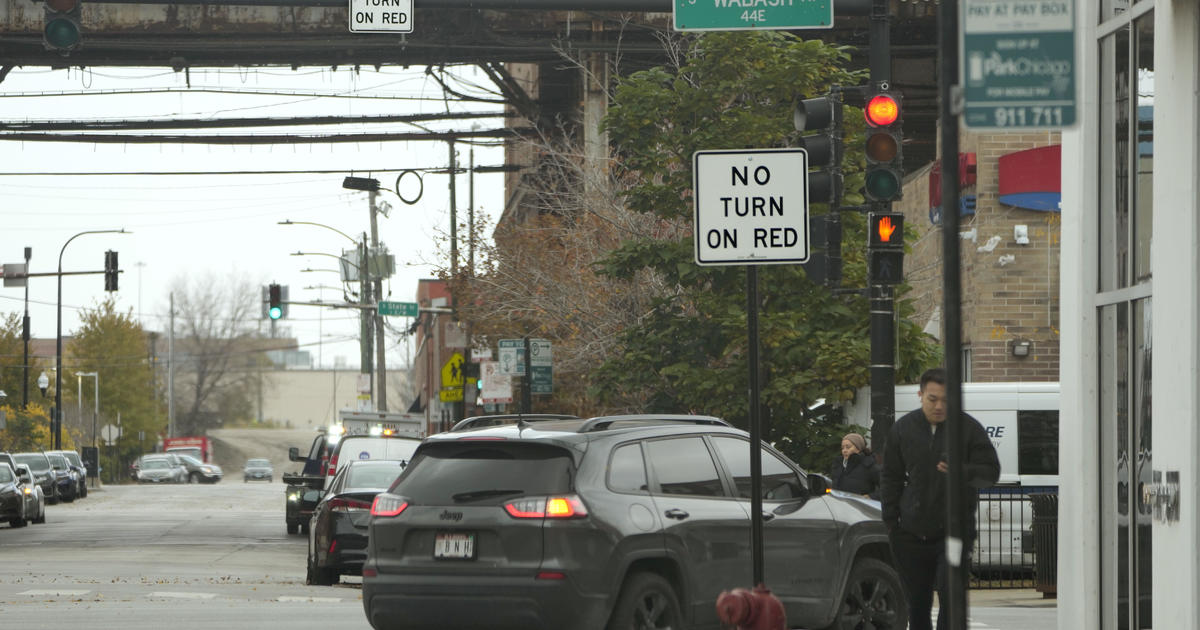Sophee Langerman was on her way to a bicycle safety rally in Chicago’s Lakeview neighborhood in June when a car turning right rolled through a red light and slammed into her bike, which she was walking off the curb and into the crosswalk.
The car was moving slowly enough that Langerman escaped serious injury, but the bicycle required extensive repairs. To Langerman, it’s another argument for ending a practice that almost all U.S. cities have embraced for decades: the legal prerogative for a driver to turn right after stopping at a red light.
A dramatic rise in accidents killing or injuring pedestrians and bicyclists has led to a myriad of policy and infrastructure changes, but moves to ban right on red have drawn some of the most intense sentiments on both sides.
Washington, D.C.'s City Council last year approved a right-on-red ban that takes effect in 2025. New Chicago Mayor Brandon Johnson’s transition plan called for “restricting right turns on red,” but his administration hasn’t provided specifics. The college town of Ann Arbor, Michigan, now prohibits right turns at red lights in the downtown area.



Nope, that’s backwards. Poor mobility for cars comes from higher-density development, which is also efficient development because you don’t have to spend huge amounts of money building parking. Getting rid of the cars is the thing that lowers the costs!
Futhermore, getting rid of the cars is also the thing that enables walking/biking/transit to be viable (because there’s physically less distance to cover, since you don’t have to cross a wasteland of pavement), which also lowers cost of living.
The bottom line is that if you build to accommodate cars, you will never have walkability. It’s geometrically impossible.
Distributing traffic onto more (uniformly-slow) streets means that cyclists and pedestrians have less need to avoid cars with strategic route planning because slow-moving cars aren’t nearly as much of a danger to begin with.